"Fast Fashion's Hidden Cost: How Overproduction Buries Us in Clothes — And the Brands Fighting Back"
Increasingly in recent years fast fashion’s bad practices have become more and more evident. One of the key ways fast fashion brands manage to keep trend rotation super high and prices super low is overproduction. Although it doesn’t always get the headlines (especially as the fast fashion brands don’t want you to know about it), overproduction in fast fashion is contributing to an environmental disaster!
Although overproduction is not the only defining characteristic of fast fashion – there are numerous issues! Cheap and unsustainable materials, human rights violations, air and water pollution (amongst a myriad of other negative externalities) also contribute towards making fast fashion a destructive industry.
In this article, we’ll focus on why fast fashion’s reckless overproduction model is unsustainable—and explore the inspiring ways conscious brands are slowing down the cycle through thoughtful, sustainable production methods.
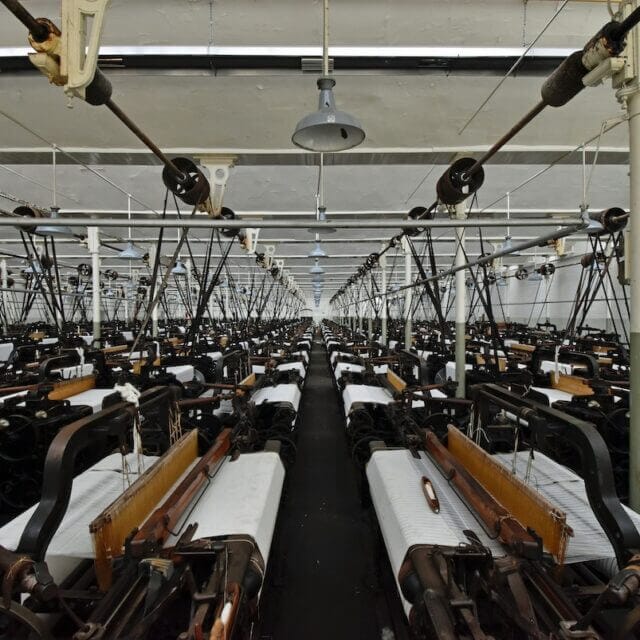
Why does the fast fashion industry overproduce?
So what are the benefits for fast fashion brands to overproduce? Surely making unnecessarily too much just costs them more? Well not exactly… Here are some of the reasons why overproduction is fundamentally ingrained into fast fashion.
- Minimum Order Quantities : One of the simplest and easiest to understand reasons that fast fashion equals overproduction is that many manufacturers (which have been outsourced by brands to actually make the clothes) place ‘minimum order quantities’ (MOQs) requirements on orders from brands. MOQs are basically to ensure that the production process is worth the manufacturer’s time (aka profitable enough) and all costs in setting up production are covered. This can result in way more clothes being made than the brand necessarily needed, but because everything is produced so cheaply the brands will endure the costs of increasing the order to meet the MOQ even though they don’t really need it, the extra possibly just going straight to landfill.
- Economies of Scale (Cost advantage of increasing production scale): This concept can be a little tricky to get your head around but it is super important in understanding why fast fashion brands produce so much. ‘Economies of scale’ refers to the cost advantage that a business may benefit from by increasing their production as it reduces the cost per unit. When brands operate in this optimum they are benefiting from the lowest cost of producing a garment, so are often encouraged to increase production to benefit from operating within this optimal window. However, this is arguably a very simple and somewhat outdated business model that completely ignores human and environmental factors – it’s just about money maximization.
- Technology : Technology is also an important factor in the explosion of overproduction in fast fashion. The ability for manufacturers to produce a lot more in a lot less time is all thanks to technological advancements in the production line such as automation. Brands can produce unbelievably quickly from initial concept to final product, and can also scale up the introduction of an item into stores as they can produce in such large volumes so rapidly. The sheer rate in which manufacturers can now produce so efficiently is also one of the factors that has contributed to fast fashion items becoming so cheap.
- Trend Cycles : Trend cycles have become shorter and shorter and consumers have been conditioned into wanting to keep buying at an exponential rate. One of the ways fast fashion brands ensure they can capitalize on new and emerging trends is by predicting where these trends are going to go, increasingly with the help of tech advancements such as AI. However, it is not good just predicting what is going to be the next trend, brands also have to ensure they have a surplus of clothing ready to exploit the customer demand for the latest trend. This not only means overproducing, but also as trend cycles get shorter it means over producing more and more frequently, resulting in a huge amount of garments going straight to waste.
- Eventual Overconsumption : Overproduction and overconsumption are two peas in a pod. In order for fast fashion brands to profit off this insane overproduction, they try and encourage you to consume, consume, and then consume some more resulting in huge amounts of overconsumption. Pro tip: all this overconsumption is actually bad for your happiness too!
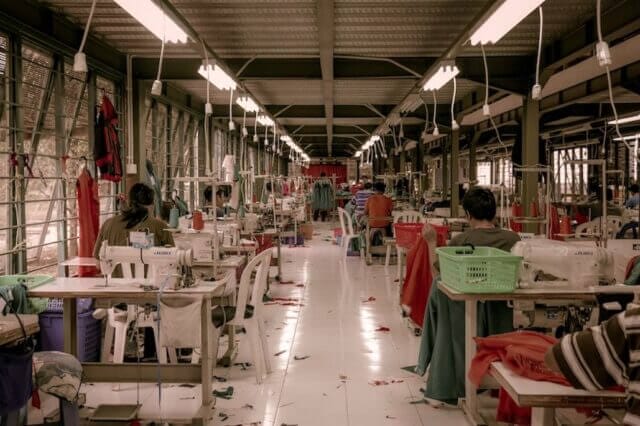
What are the effects of fast fashion overproduction?
We have looked into why the fast fashion industry favors overproduction, but what does that actually mean? Research has shown that as much as 40% of the clothing made every year falls in the category of ‘oversupply’, never getting sold – that could be as many as 60 billion garments !
This dirty secret of the fast fashion industry not only puts an enormous and an unnecessary pressure on our precious natural resources, but it is also a complete waste. If you want to find out more about the extensive reasons why fast fashion is environmentally and socially destructive, read our guide to learn more. We are going to carry on focusing on ‘overproduction, oversupply, overconsumption’.
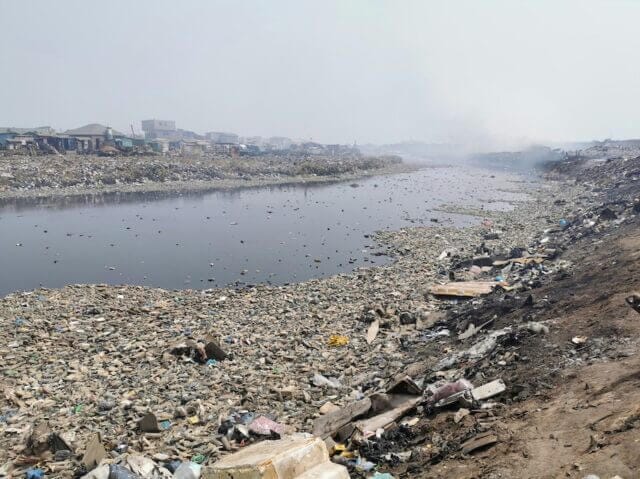
What happens to the unnecessary waste from overproduction and oversupply?
It is hard to get exact figures and information from fast fashion companies as to how much they really do overproduce. Oversupply is a pretty opaque part of brand’s supply chains that they really don’t want anyone to know about. This is what we do know:
- Landfill and incineration : often the unsold garments either go straight into landfill or are incinerated, particularly in countries that lack the regulation and necessary resources to dispose of all this waste safely. Read our guide to learn more about how this clothing waste impacts people and planet .
- Other types of pollution : Of course the manufacturing process causes enormous amounts of carbon dioxide emissions and freshwater pollution (which feels especially painful when the clothes end up in landfill). However, poorly regulated disposing of garments can also be a key contributor to this pollution. Incineration of surplus clothing can contribute to air emissions furthermore, and landfill waste can end up contaminating the surrounding environment including freshwater that people drink! This is particularly important when most of the fast fashion clothing is made from synthetic materials. Overtime they shed microplastics that literally contaminate everything – rivers, oceans and can consequently end up damaging marine life.
- Resource depletion : The Fast Fashion industry contributes to a lot of resource depletion. Vast amounts of land is deforested and converted into cotton farms, water scarcity as manufacturers need water throughout the production process and the demand on energy to power all of these processes to name a few. Again, this seems like a monumental sacrifice the planet is having to make when the clothing ends up going straight into landfill.
- Biodiversity loss : In order to extract all the raw materials needed to get a garment to the end product often results in immense biodiversity loss. Whether it is deforestation, soil degradation or pollution from water waste, the fast fashion industry does not care for preserving our eco-systems. That is having an irreversible effect on biodiversity that we may never be able to get back.
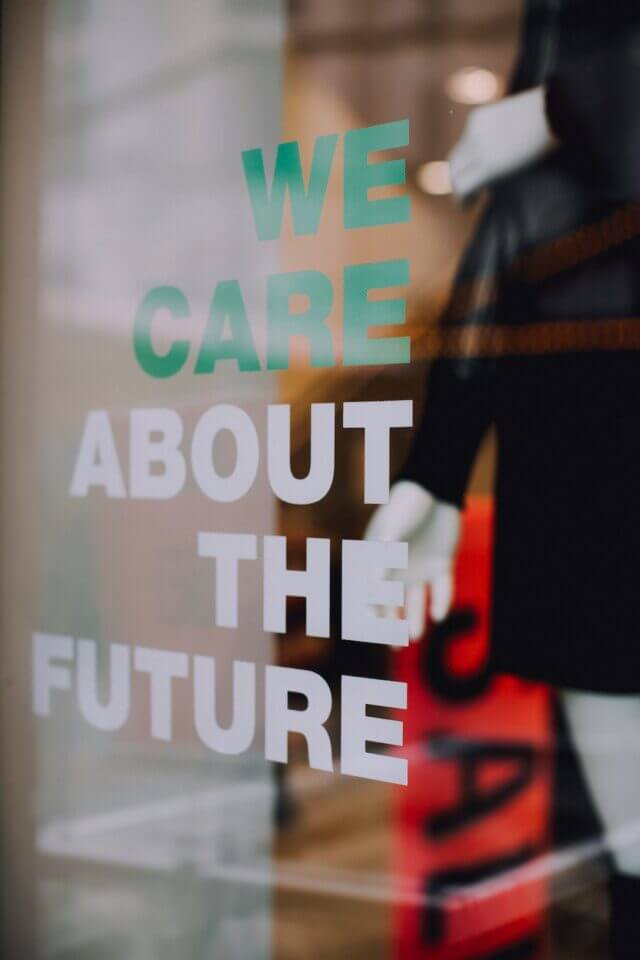
Made to Measure – Fashion, but Slowed Down
It’s easy to feel disheartened by the scale of waste and destruction happening right under our noses. But take heart—there’s hope. The tide is turning, and a more sustainable, conscious fashion future is not only possible, it’s already taking shape. Let’s shift our focus to the inspiring innovations and movements driving real change.
Made-to-order business models, clothing built to last, and resale platforms are just some of the ways sustainable brands are reducing their environmental footprint. Check out these 4 incredible brands that are fighting this overproduction problem one shoe, dress and jumper at a time!
1) Adelante Made-to-Order

Adelante Made-to-Order is a shoe brand that does exactly that – makes your shoes after you place an order! An expert artisan helps bring your shoes to life, you will actually learn more about the person making your shoes and even get personal updates as they bring your shoes to life. They believe in rewarding the skill and dedication it takes to construct a beautiful and long-lasting shoe, ensuring the craftsmen earn more than twice the local wage. The made on demand model ensures that there really is a maximisation of resources and a reduction in waste, and the guarantee of a better quality of life for workers. Intentional consumption and production is what makes the shoes so special, and really sets the standard for what responsible footwear should look like!
2) Taylor Stitch
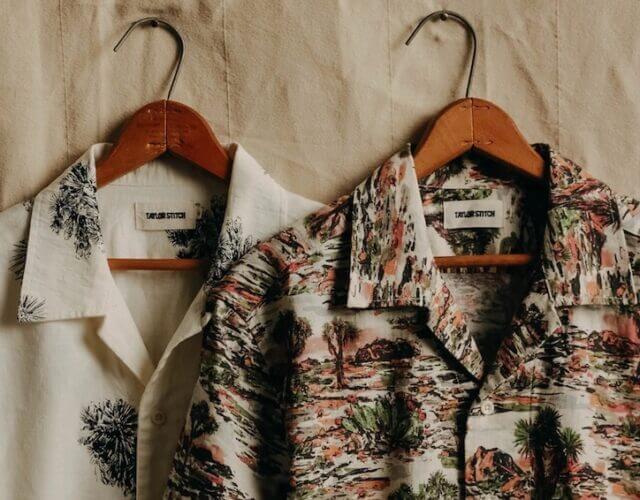
The Taylor Stitch philosophy is all about curating timeless clothing designed to ‘wear in not wear out’. Their focus on sustainably designed button-downs, denim, chinos and outerwear is backed up by the lifetime guarantee – if any of your products get damaged or are defective they promise to repair/replace them. Taylor Stitch are promoting more responsible consumption and also promoting a reduction in waste with their made-to-order clothing Sold via Workshop, which they have been doing for 10 years! Prioritizing the longevity of clothing, as well as intentional production made to be worn rather than to maximize profit combats the risk of waste from overproduction.
As well as manufacturing responsibly and closing the loop, they are also sourcing responsibly, using fibres and fabrics that don’t rely on harmful chemicals and cultivation practices, Their final principal is about giving back, by partnering with charities that make a difference in people’s lives and to completely eliminate waste, they donate their excess fabric to educational and community organisations.
3) Fite Fashion

Fite Fashion is a stunning example of how you can model runway fashion but without the unnecessary waste that fast fashion causes! Each piece is made-to-order in the USA, and only constructed with eco-friendly materials that are fair trade, certified organic and low impact dying whenever possible. Their ideology is exactly what slow fashion needs to combat – mass production of anything, even when ‘sustainably made’ is inherently unsustainable. High quality items that are made on demand and made to last are always the best choice. Not only do they stand against overproduction, but they also minimize waste by maximizing the yardage layout from their fabrics so there is less textile waste in the first place!
Circularity is also important for Fite Fashion, and once an item is worn out the customer can send it back for inspection, determining what can be salvaged and issuing store credit. Don’t worry – if you can’t find any local options for repairs Fite Fashion also encourages customers to send items to them for the repair so you can get even more life out of your clothing!
4) Outerknown

Outerknown offers a wide range of menswear and womenswear, all whilst standing for people and the planet. They make a huge effort to reduce waste throughout manufacturing and post-consumption. By designing timeless clothing made to last, they keep clothes out of landfill with their resale platform Outerworn. They also have a series of schemes to rescue denim and wool, either recycling textiles or repurposing them into new garments that can be worn again!
Outerknown’s Sustainability Roadmap outlines the strategies they have put in place to be fully circular by 2030. This is incredibly commendable when fast fashion counterparts are dumping billions of garments straight into the ground because of the overproduction problem! As well as embracing circular models, they are also champions of fair labour from raw material to finished product and beyond.
How to Slow Down Fast Fashion – Support Slow Fashion
These brands are just some of the many brands we at The News Pulsehave verified as really trying to protect the planet and people, all whilst helping you to look good too. Enjoying what you wear doesn’t have to cost the earth.
Fast fashion companies have no excuse for the sheer amount of wasteful overproduction. The ‘oversupply’ problem needs to be addressed as brands seemingly go unchecked.
When we, the consumer, choose a slower paced and/or made-to measure model, we can help send the message that we are not going to stand for the terrifying amount of unnecessary waste from fast fashion business models anymore!
Head to our directory of brands to find the full list of where to shop instead and make a positive impact!
Looking for more ways to get involved?
- Sign up for our free email newsletter (scroll down for the signup bar)
- Read our guide on how to stop fast fashion

Amy previously studied Environment and Development at the London School of Economics with a particular interest in climate injustice. Currently she works in the travel industry hoping to hear more of the unique perspectives held by people all over the world, and has taught herself how to crochet and sew her own clothes at home.
Post a Comment for ""Fast Fashion's Hidden Cost: How Overproduction Buries Us in Clothes — And the Brands Fighting Back""
Post a Comment